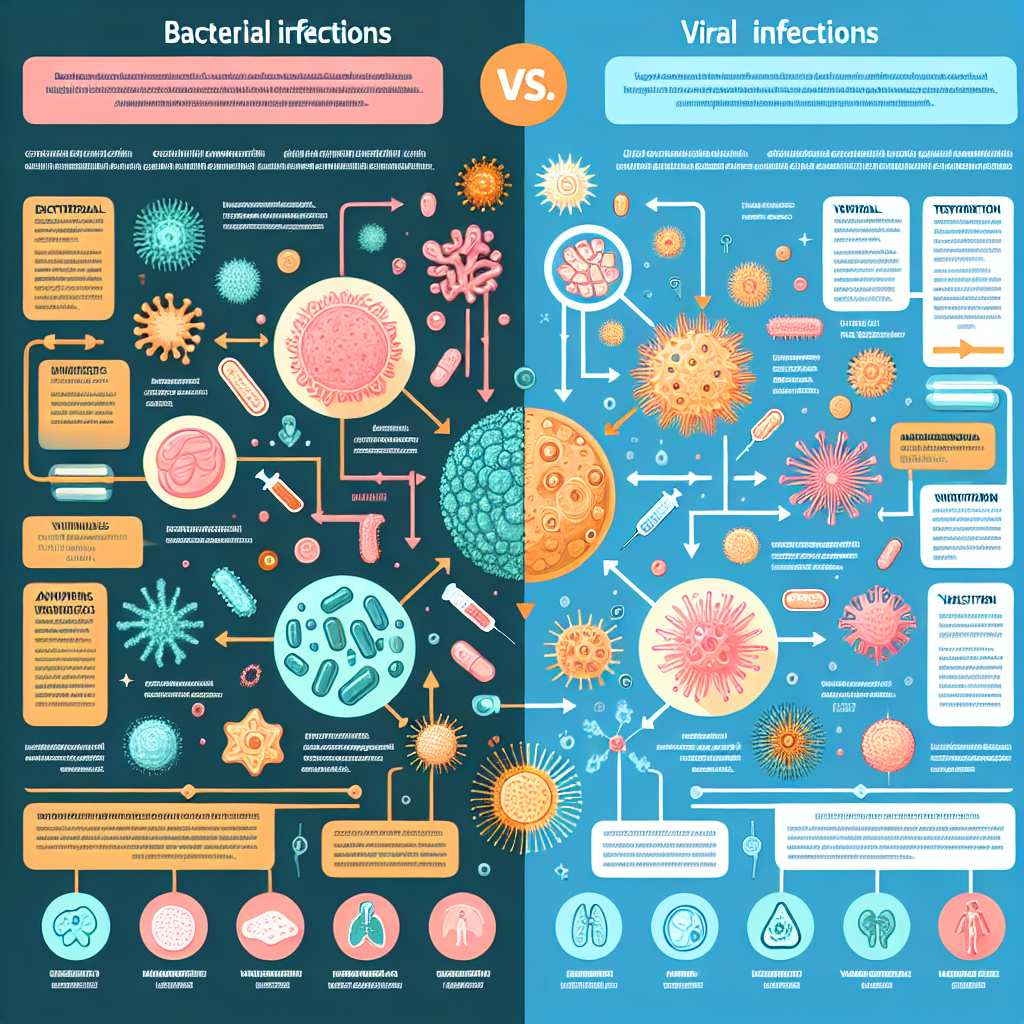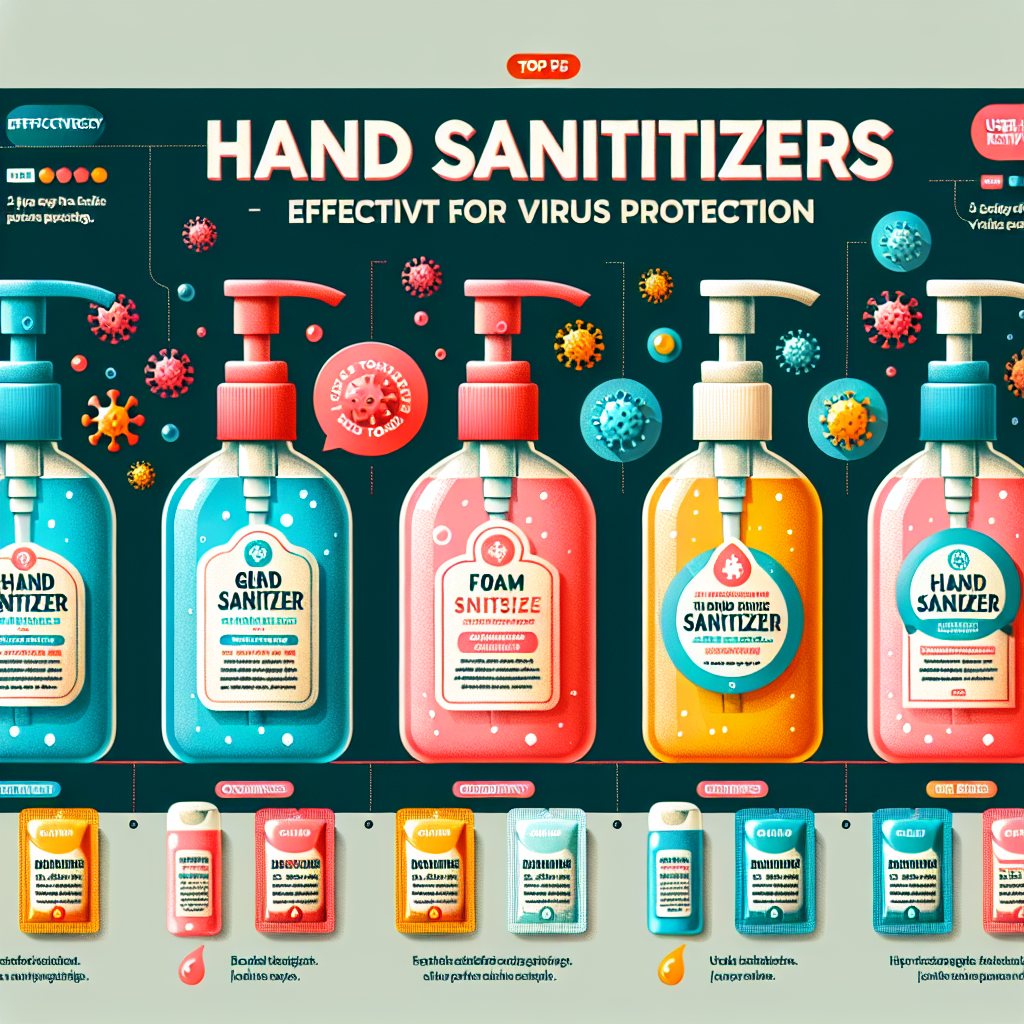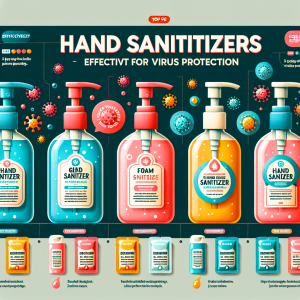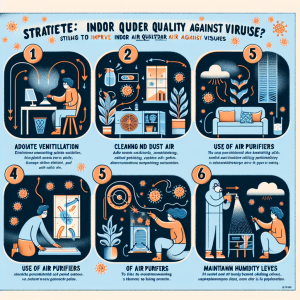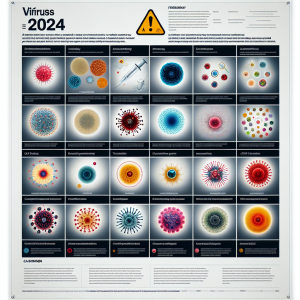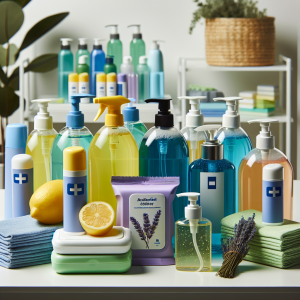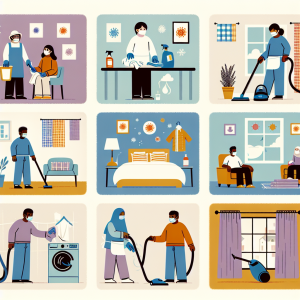How to disinfect a home after flu
Flu season can leave homes feeling like breeding grounds for germs, making it crucial to take appropriate steps to disinfect your living space after an illness. Disinfection not only helps to eliminate lingering viruses but also safeguards the health of family members, particularly those who are more vulnerable, such as young children and the elderly. In this article, we will explore the importance of disinfection, the essential supplies needed, a step-by-step guide to disinfecting high-touch areas, and best practices for maintaining a germ-free environment.
Understanding the Importance of Disinfection After Flu
Flu viruses can survive on surfaces for several hours to days, depending on the material. This persistence poses a risk of re-infection and transmission, especially in shared living spaces. Disinfecting your home after a flu illness is vital as it actively reduces the chance of spreading the virus to other family members and visitors. Moreover, this practice not only helps to create a clean environment but also fosters peace of mind.
Additionally, the flu can exacerbate existing health issues and lead to severe complications in certain individuals. By rigorously disinfecting surfaces, you minimize the potential for recurrent illnesses. This is especially critical for those who may have weakened immune systems or chronic health conditions. Therefore, understanding the role of disinfection is a key component in the recovery process and in safeguarding the well-being of your household.
Finally, mental well-being can also be enhanced through cleanliness. A well-disinfected home can promote a sense of safety and comfort, allowing family members to relax knowing that precautions have been taken. This is particularly important after experiencing an illness, as it can help restore a family’s sense of normalcy.
Essential Supplies for Effective Home Disinfection
Before tackling the disinfection process, gathering the right supplies is crucial. You’ll need disinfectants that are proven effective against the flu virus. Look for products that meet EPA criteria for efficacy against viral pathogens. Disinfecting wipes, sprays, or solutions work well, but it’s advisable to check that they contain ingredients like bleach or hydrogen peroxide, which are known to be effective.
In addition to disinfectants, you’ll need cleaning tools such as microfiber cloths, sponges, and gloves to protect your hands while cleaning. A mop and bucket will be essential for hard floors, while a vacuum cleaner equipped with a HEPA filter can help remove any lingering dust or allergens. Don’t forget to have a trash bag handy for disposing of any items that can’t be adequately disinfected.
Finally, ensure you have personal protective equipment (PPE) like masks and gloves, especially if you are cleaning areas where someone was recently ill. This keeps you safe from inhaling any potentially harmful agents while you clean. Having these supplies ready will make the disinfection process smoother and more effective.
Step-by-Step Guide to Disinfecting High-Touch Areas
Start by identifying high-touch surfaces throughout your home. Common areas include doorknobs, light switches, remote controls, faucet handles, and countertops. Begin the cleaning process by first wiping down these surfaces with soap and water to remove any visible dirt or grime. After the initial clean, apply your chosen disinfectant according to the manufacturer’s instructions, ensuring that the surface remains wet for the desired contact time to effectively kill the virus.
Next, pay special attention to frequently used items such as smartphones, tablets, and computer keyboards. These devices can harbor germs, so it’s vital to disinfect them carefully. Use a microfiber cloth dampened with disinfectant and avoid soaking the device to prevent damage. Additionally, consider using alcohol-based wipes or sprays that are safe for electronics, as these can effectively eliminate germs without causing harm.
Lastly, don’t overlook soft surfaces like sofas, curtains, and rugs. While these may not be high-touch surfaces, they can still harbor germs. For these areas, use a fabric-safe disinfectant spray or check the care labels for washing instructions. Regularly laundering items like bedding and towels in hot water can further enhance your home’s cleanliness and reduce the risk of lingering viruses.
Best Practices for Maintaining a Germ-Free Environment
Maintaining a germ-free environment requires ongoing diligence. Regularly disinfect high-touch surfaces, especially during peak flu season. Implementing a routine cleaning schedule can help ensure that your home remains as germ-free as possible. Aim to clean and disinfect these areas at least once a week, or more frequently during flu season or after any illness in the household.
Encouraging good hygiene practices among family members is another critical component in preventing the spread of germs. Teach proper handwashing techniques and remind everyone to wash their hands frequently, especially after being outside or before eating. Providing hand sanitizers in common areas can also reinforce these habits, making it easier for everyone to maintain cleanliness.
Finally, being aware of airflow within your home can significantly impact germ proliferation. Ensuring that your home is well-ventilated can help reduce the concentration of airborne viruses. Opening windows and using air purifiers with HEPA filters can enhance air quality and reduce the risk of infection. For further insights on maintaining a healthy home, consider checking resources from the CDC and the WHO.
Disinfecting your home after a flu illness is essential for protecting the health of your family and preventing the spread of viruses. By understanding the importance of disinfection, preparing the right supplies, following a structured cleaning approach, and fostering good hygiene practices, you can create a safer environment. This proactive approach not only aids in recovery but also ensures long-term health and well-being for all household members. For more tips on keeping your home healthy, consider visiting our other articles on home health, cleaning best practices, and seasonal flu management.
Top hand sanitizers for virus protectionSeasonal flu vaccine effectivenessLatest research on virus transmissionRelevant LinkRelevant LinkRelevant Link

